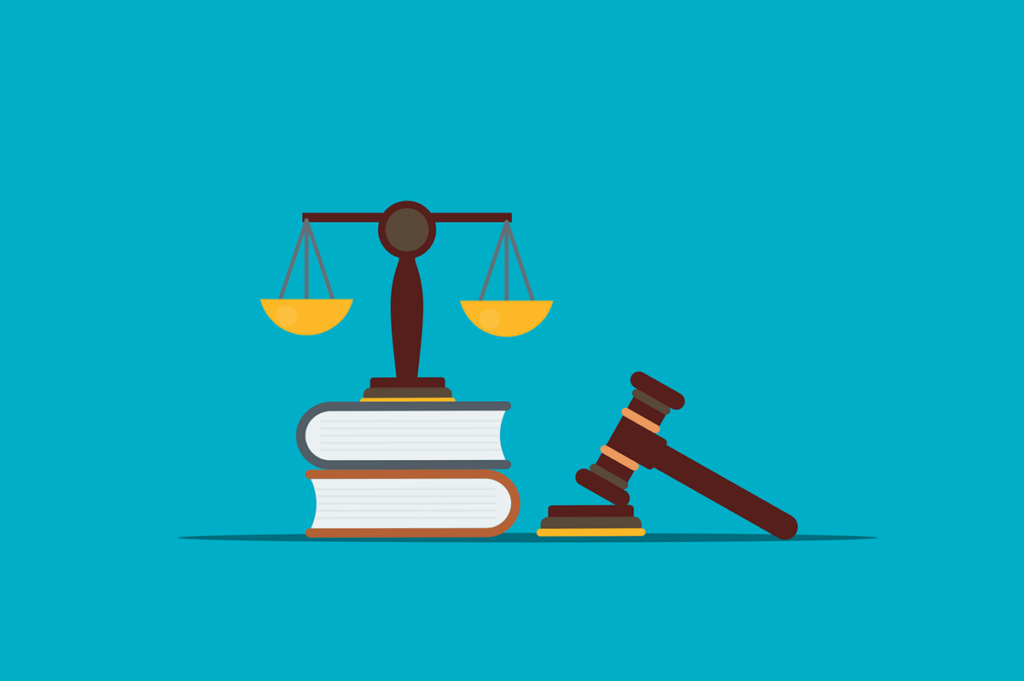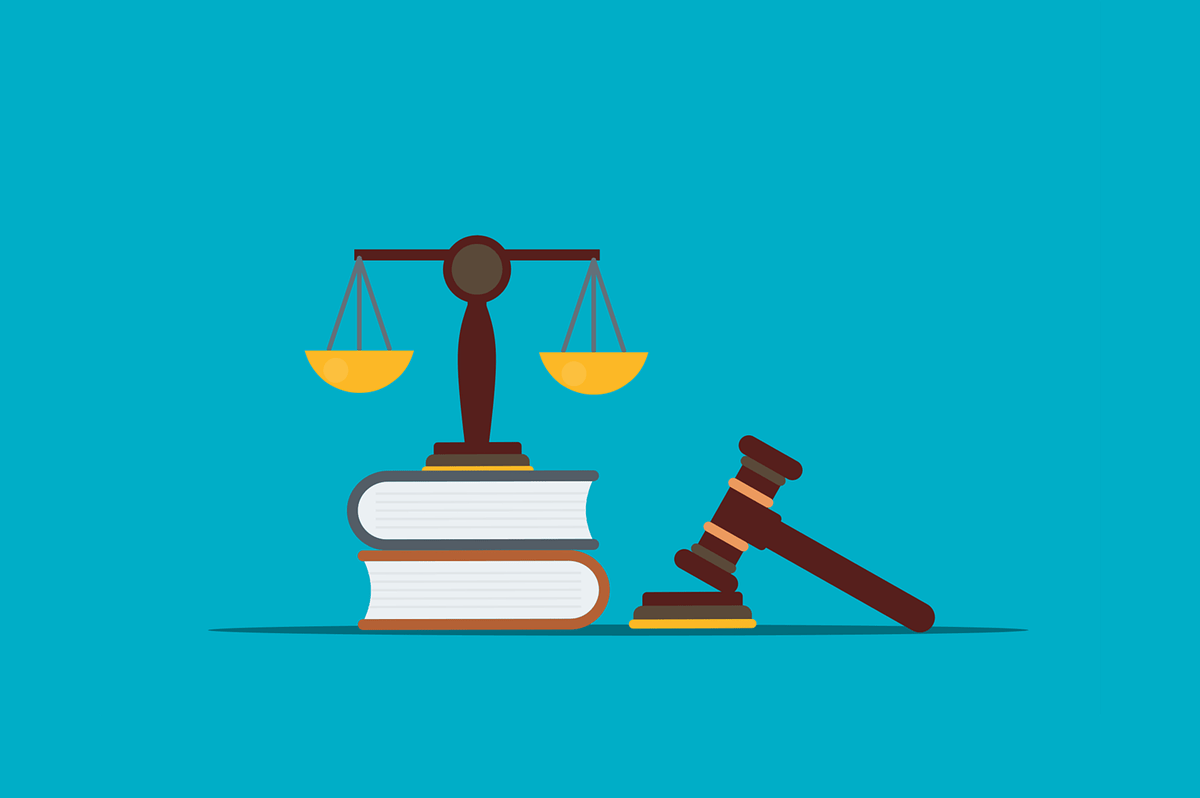In website development, common mistakes can lead to legal trouble. It’s also crucial to safeguard your website’s exclusive rights to maintain its worth. This includes preventing unauthorized use of your copyrighted content and trademarks. This article highlights the top five legal pitfalls in website creation and explains how to avoid them.

It’s vital to protect your intellectual property from infringement and steer clear of violating anyone else’s intellectual property. Infringement, from either end, can be costly and time-consuming to resolve. If you discover your rights have been breached, swift action is crucial. Unenforced rights lose their value.
Copyright Infringement: Legal Pitfalls in Website Development
A practical way to deter copyright infringement of your website content is using the copyright symbol ‘©’. This signifies your rights, followed by the copyright owner’s name and the initial publication year. You can use the copyright symbol without formally registering your copyright.
However, copyright registration can offer several advantages, which may differ depending on the jurisdiction. For instance, in Canada, it serves as proof of copyright existence and ownership, potentially leading to additional legal remedies in disputes.
Trademark Infringement
Similar to copyrighted material, it’s crucial to protect any trademarks you possess. To publicly declare your trademark use and deter unauthorized use of unregistered trademarks, use the ‘TM’ symbol. For registered trademarks, use the ‘®’ symbol. However, avoid using the ‘®’ symbol for unregistered trademarks, as this might be considered fraudulent misrepresentation in some regions.
Infringing Others’ Copyright: Legal Risks When Building a Website
Besides safeguarding your website content, you must avoid infringing on the copyrights of others. Be cautious about the content you display or make accessible on your site. By being careful, you can minimize the risk of copyright disputes, which often involves financial demands and, sometimes, lawsuits.
Crucially, determine if a license is needed for every image on your site. If so, locate the copyright holder and obtain permission. This usually entails paying them a licensing fee to prevent legal complications.
After acquiring a license, adhere to its terms carefully. A license to use copyrighted material generally doesn’t grant unlimited access or use of the material.
Infringing Others’ Trademarks
Using someone else’s trademark as your own without consent is prohibited. Similarly, adopting a confusingly similar trademark to an existing one is also unacceptable. Confusion here relates not just to the resemblance between the marks but also the similarity between the goods and services they represent.
Therefore, identical marks used for different products or services might not cause confusion. Conversely, dissimilar marks used for identical goods or services might be deemed confusing.
Depending on your business, you might want to use a trademark under license from its owner. If you secure such a license, carefully observe the terms of the agreement. A trademark license doesn’t transfer ownership of the intellectual property to you.
Copyright Ownership: Legal Considerations in Website Development
When engaging a website designer or anyone creating copyrightable work, ensure you retain copyright ownership. Typically, independent contractors own the copyright of their creations. However, if you’ve hired a designer, include a clause in your contract assigning copyright ownership to you. This transfers the exclusive rights of the copyrighted material.
